
Re-Claiming the Bible for a Non-Religious World
¥94.10
For two hundred years, scholars have been analyzing one of the most important books ever written the Bible and overturning much of what we once thought we knew. Everyday Christians, however, are not privy to this deeper conversation. It is for these people that renowned bishop and author John Shelby Spong presents Re-Claiming the Bible for a Non-Religious World, a book designed to take readers into the contemporary academic debate about the Bible.A definitive voice for progressive Christianity, Spong frees readers from a literal view of the Bible. He opens the possibility that some of the characters in the New Testament are imaginary composites or even literary creations such as Joseph, the earthly father of Jesus; Judas Iscariot; Nicodemus; the Samaritan woman by the well; and Lazarus who was raised from the dead. He presents the Bible as an ever-changing and always growing story. He demonstrates that it is possible to be both a deeply committed Christian and an informed twenty-first-century citizen.In this thorough, substantive guide, Spong explores the origin and essential meaning of each of the individual books in the Bible, examining the background, the context, the level of authenticity and even the trustworthiness of the messages found there. He explains why these particular books, written between two and three thousand years ago, came to be regarded as authoritative and preserved as sacred; he traces the pathway that biblical religion has traveled as it evolved through the centuries, and he shows how people have misused many of these texts in the service of their prejudices.Reaching far beyond the familiar Sunday-school stories that have provided the content of most people’s biblical knowledge, Spong’s journey into the heart of the Bible is his attempt to call his readers into their own journeys into the mystery of God. One does not,” he asserts, have to twist one’s brain into a first-century pretzel in order to take the Bible seriously in this increasingly non-religious world.”
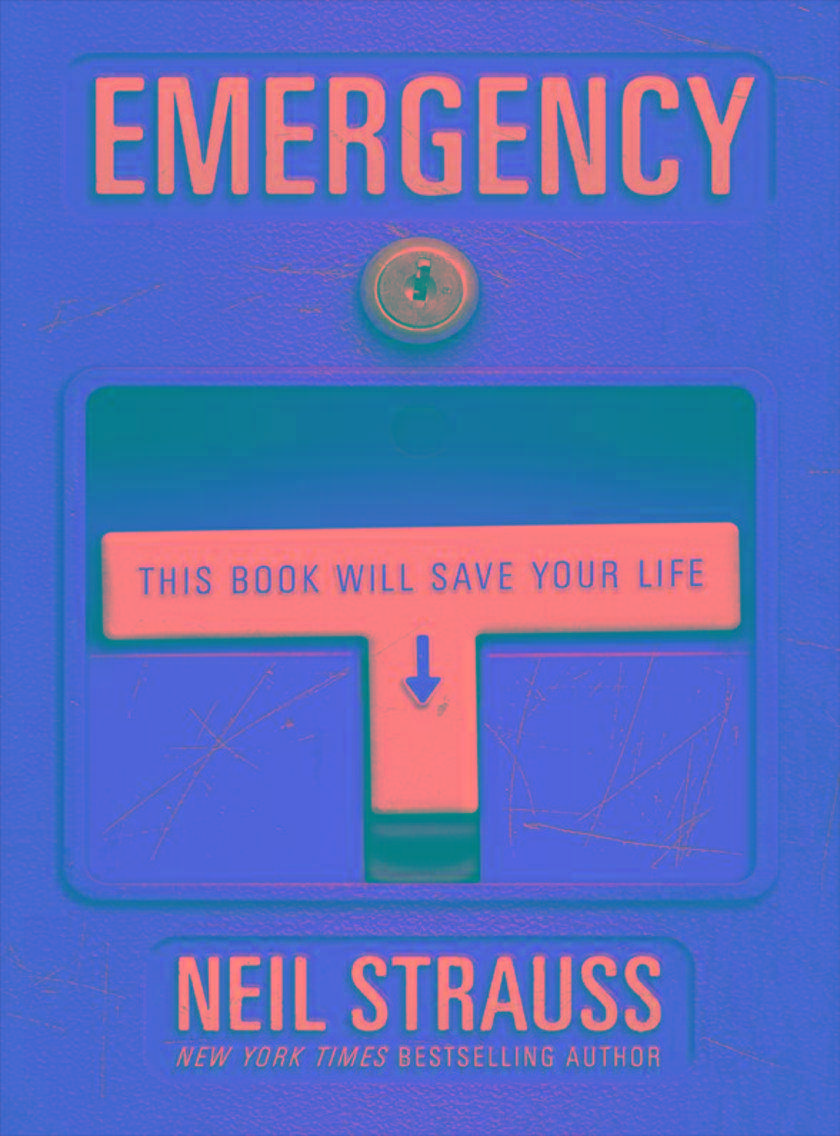
Emergency
¥95.11
Featuring all new material not included in the print edition, including: two deleted chapters, the contents of Neil's Bugout Bag, a disaster survival cheat sheet on how to survive 35 catastrophic events, and ten emergency-preparedness myths that can kill you.Terrorist attacks. Natural disasters. Domestic crackdowns. Economic collapse. Riots. Wars. Disease. Starvation.What can you do when it all hits the fanYou can learn to be self-sufficient and survive without the system.**I've started to look at the world through apocalypse eyes.** So begins Neil Strauss's harrowing new book: his first full-length worksince the international bestseller The Game, and one of the most original-and provocative-narratives of the year.After the last few years of violence and terror, of ethnic and religious hatred, of tsunamis and hurricanes and now of world financial meltdown Strauss, like most of his generation, came to the sobering realization that, even in America, anything can happen. But rather than watch helplessly, he decided to do something about it. And so he spent three years traveling through a country that's lost its sense of safety, equipping himself with the tools necessary to save himself and his loved ones from an uncertain future. With the same quick wit and eye for cultural trends that marked The Game, The Dirt, and How to Make Love Like a Porn Star, Emergency traces Neil's white-knuckled journey through today's heart of darkness, as he sets out to move his life offshore, test his skills in the wild, and remake himself as a gun-toting, plane-flying, government-defying survivor. It's a tale of paranoid fantasies and crippling doubts, of shady lawyers and dangerous cult leaders, of billionaire gun nuts and survivalist superheroes, of weirdos, heroes, and ordinary citizens going off the grid.It's one man's story of a dangerous world–and how to stay alive in it.Before the next disaster strikes, you're going to want to read this book. And you'll want to do everything it suggests. Because tomorrow doesn't come with a guarantee...
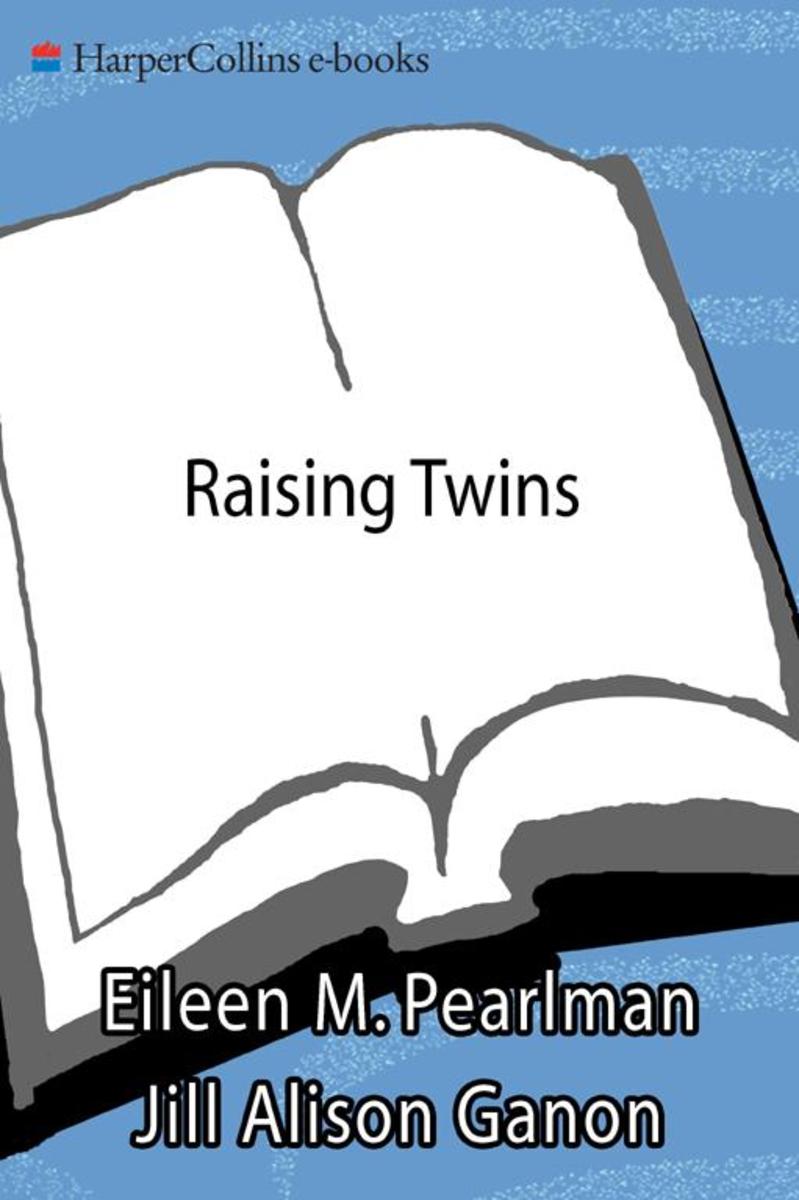
Raising Twins
¥112.23
Raising Twins guides you through the physical, emotional, and cognitive developmental differences and challenges specific to twins. Straightforward and reassuring, this book addresses the key issues that impact twins from babyhood all the way through adolescence: Sharing and comparisons Competition and rivalry The "secret language" of twins The good twin/bad twin myth Teen-specific issues like dating and applying for college And much more including lively, candid discussions with twins and their parents

Good Kids, Bad Habits
¥129.07
When kids start going on TV binges or devouring fistfuls of cookies, it's easy to say, "They'll grow out of it." More likely, they're acquiring bad habits that could lead to childhood obesity and chronic adult diseases, from diabetes and depression to heart trouble and osteoporosis. But by making simple changes now, you can help your children avoid these problems later. Good Kids, Bad Habits supplies the tools you need, starting with the unique RealAge Healthy Kids Test. Based on the proven RealAge Test, which measures biological not calendar age, the Healthy Kids Test reveals where children are doing fine and where they're headed for health trouble. Regardless of the problem from sleeplessness to video-game addiction Dr. Jen has seen and solved it all, working with parents and kids together. Her insightful tips, preventive steps, and kid smarts, learned from working with thousands of children, make this book invaluable. It will help your kids grow into the healthiest adults they can be while still allowing them to be kids.
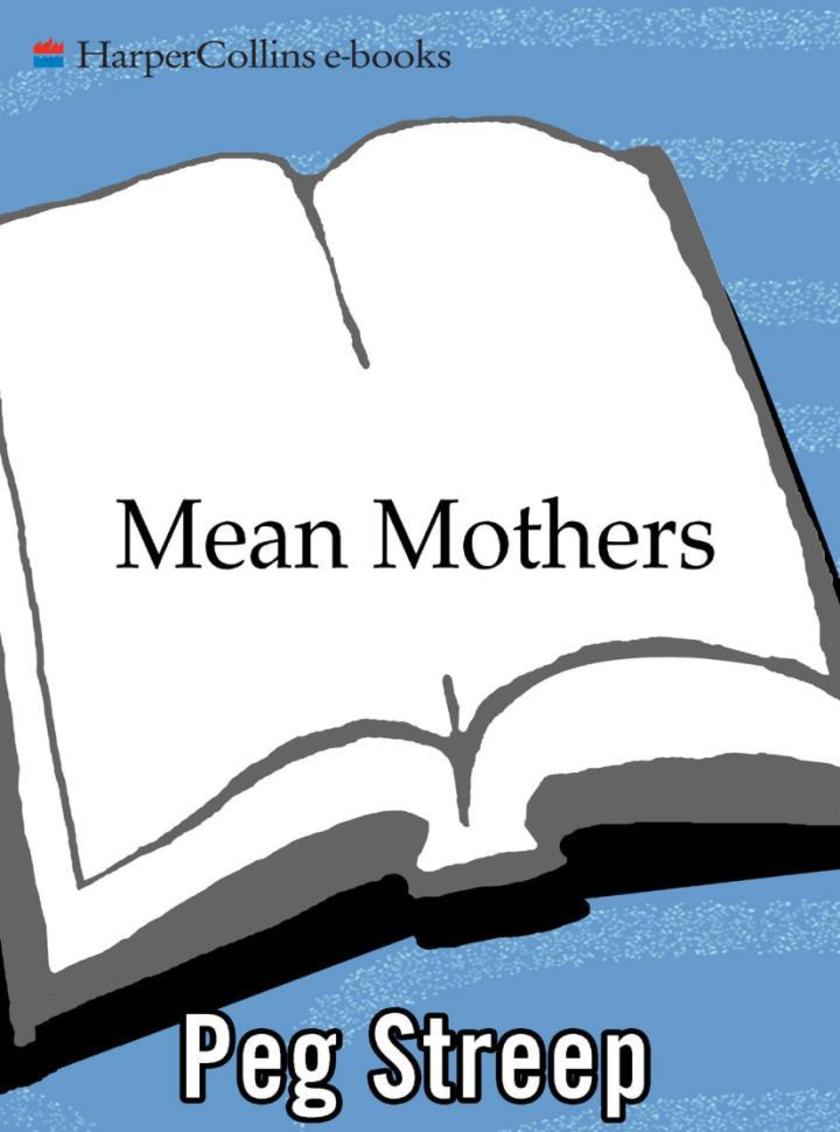
Mean Mothers
¥139.90
An exploration of the darker side of maternal behavior drawn from scientific research, psychology, and the real-life experiences of adult daughters, Mean Mothers sheds light on one of the last cultural taboos: what happens when a woman doesn't or can't love her daughter.Mean Mothers reveals the multigenerational thread that often runs through these stories many unloving mothers are the daughters of unloving or hypercritical women and explores what happens to a daughter's sense of self and to her relationships when her mother is emotionally absent or even cruel. But Mean Mothers is also a narrative of hope, recounting how daughters can get past the legacy of hurt to become whole within and to become loving mothers to the next generation of daughters. The personal stories of unloved daughters and sons and those of the author herself, are both unflinching and moving, and bring this most difficult of subjects to life.Mean Mothers isn't just a book for daughters who've had difficult or impossible relationships with their mothers. By exposing the myths of motherhood that prevent us from talking about the women for whom mothering a daughter is fraught with ambivalence, tension, or even jealousy, Mean Mothers also casts a different light on the extraordinary influence mothers have over their female children as well as the psychological complexity and emotional depth of the mother-daughter relationship.
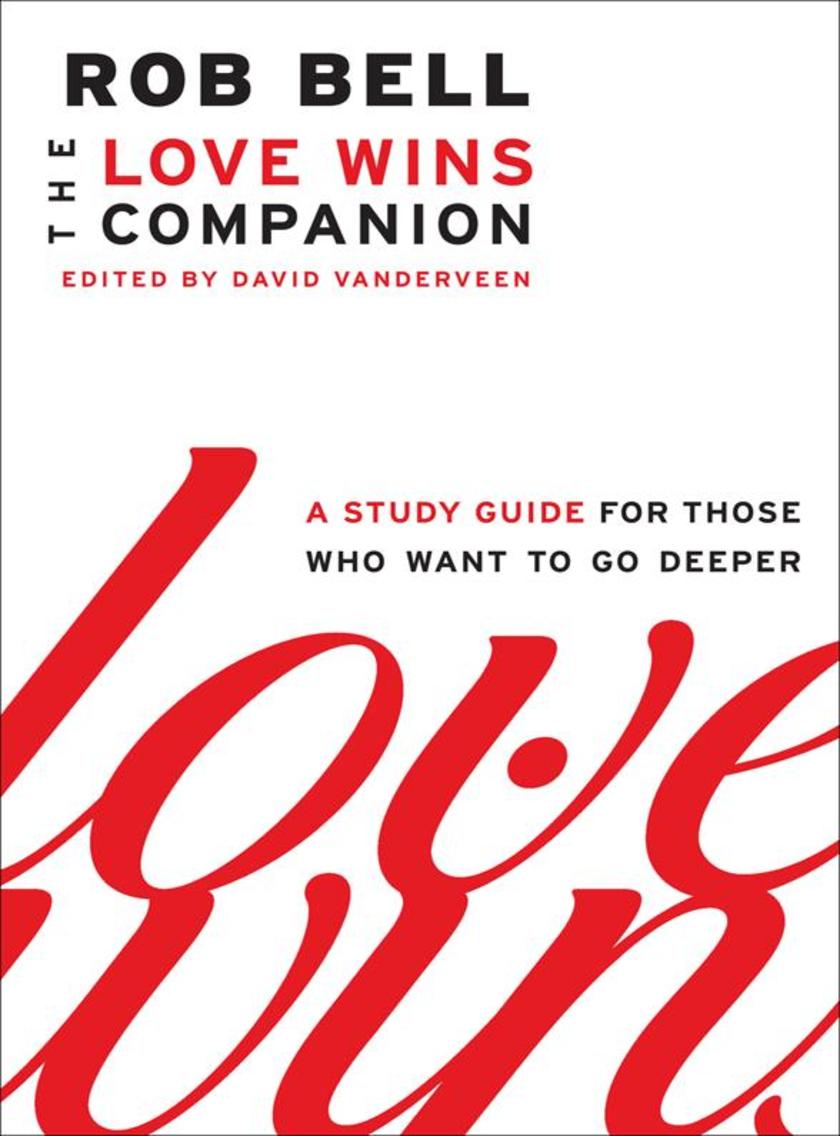
Love Wins Companion
¥78.32
For those looking to go deeper with Rob Bell's bestselling pioneering book Love Wins, this companion offers: Insights and commentary by theologians, Bible scholars, scientists, and pastors Deep analysis of all relevant Bible passages on heaven, hell, and salvation Detailed chapter summaries, discussion questions, and Bible studies for individuals, groups, and classes Excerpts from works throughout Christian history illustrating the variety of teachers also debating the issues Bell wrestles with New material by Bell on his mission for the book and how people can take the next step
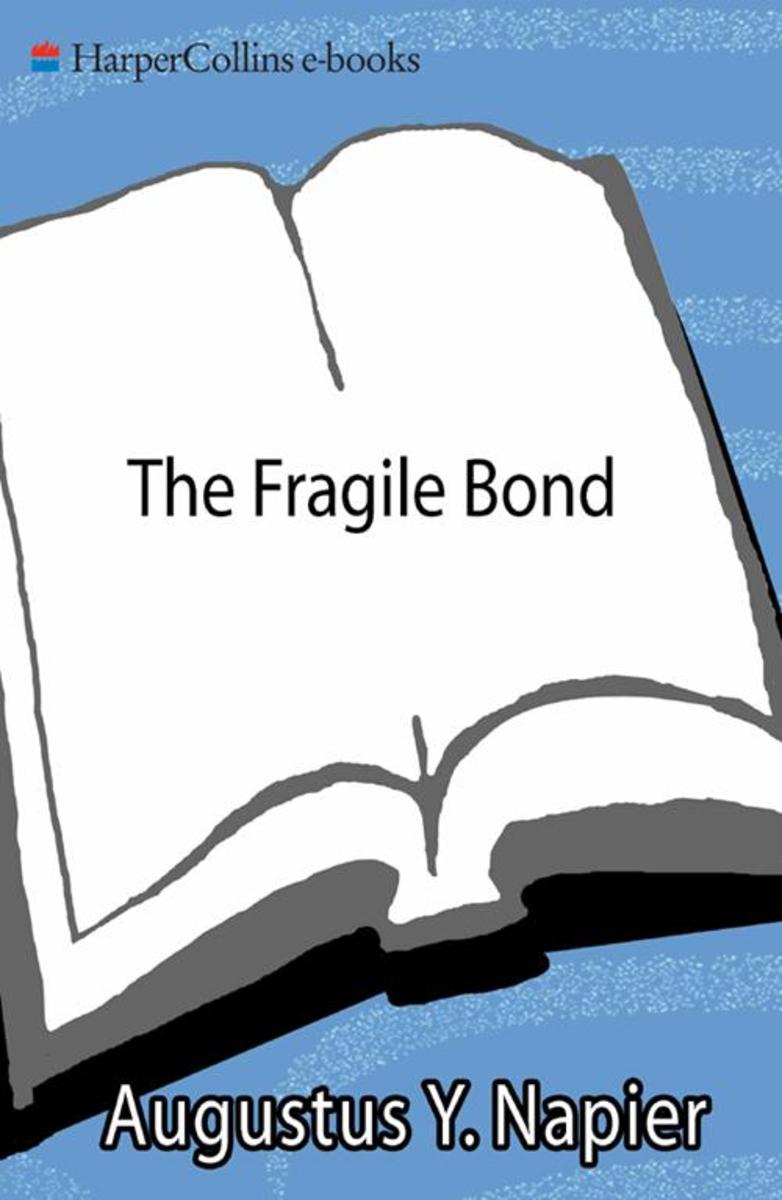
The Fragile Bond
¥129.12
Focusing on the author's own marriage and on a group of case studies, this book vividly illustrates the obstacles married couples face today and offers help in overcoming them.
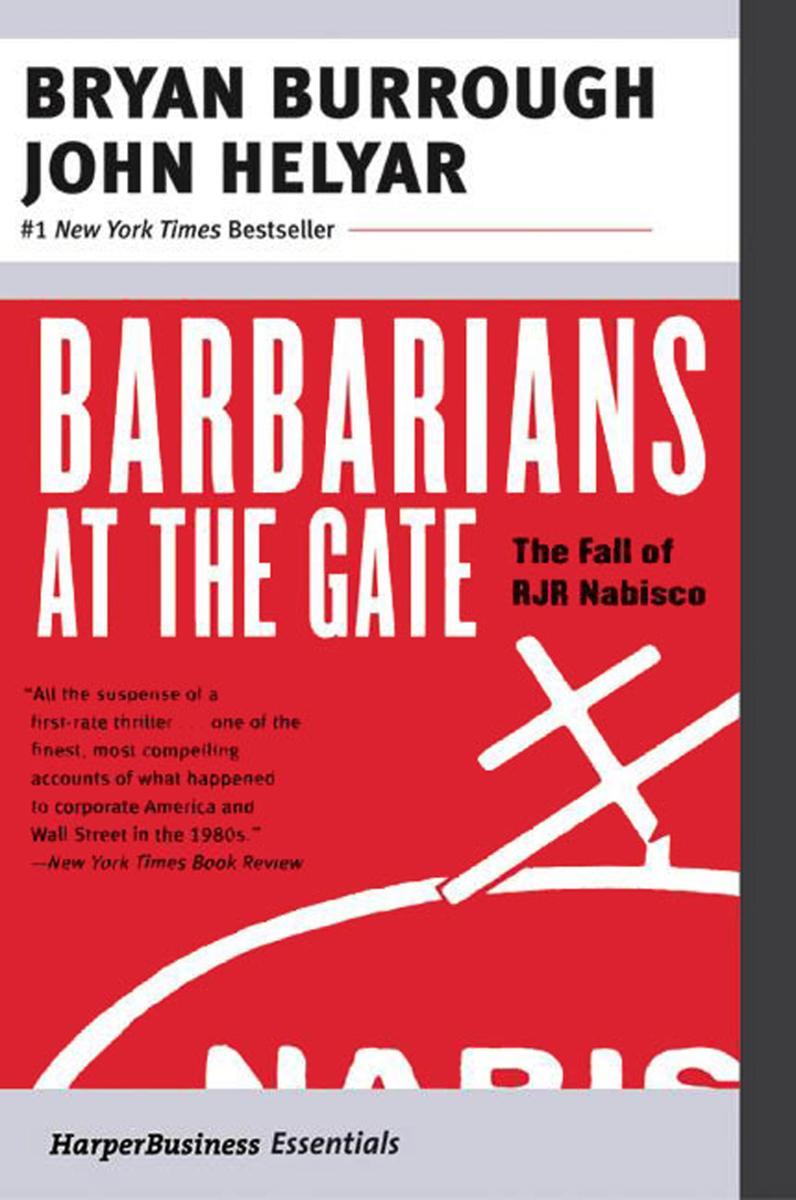
Barbarians at the Gate
¥100.71
Barbarians at the Gate has been called one of the most influential business books of all time -- the definitive account of the largest takeover in Wall Street history. Bryan Burrough and John Helyar's gripping account of the frenzy that overtook Wall Street in October and November of 1988 is the story of deal makers and publicity flaks, of strategy meetings and society dinners, of boardrooms and bedrooms -- giving us not only a detailed look at how financial operations at the highest levels are conducted but also a richly textured social history of wealth at the twilight of the Reagan era. Barbarians at the Gate -- a business narrative classic -- is must reading for everyone interested in the way today's world really works.
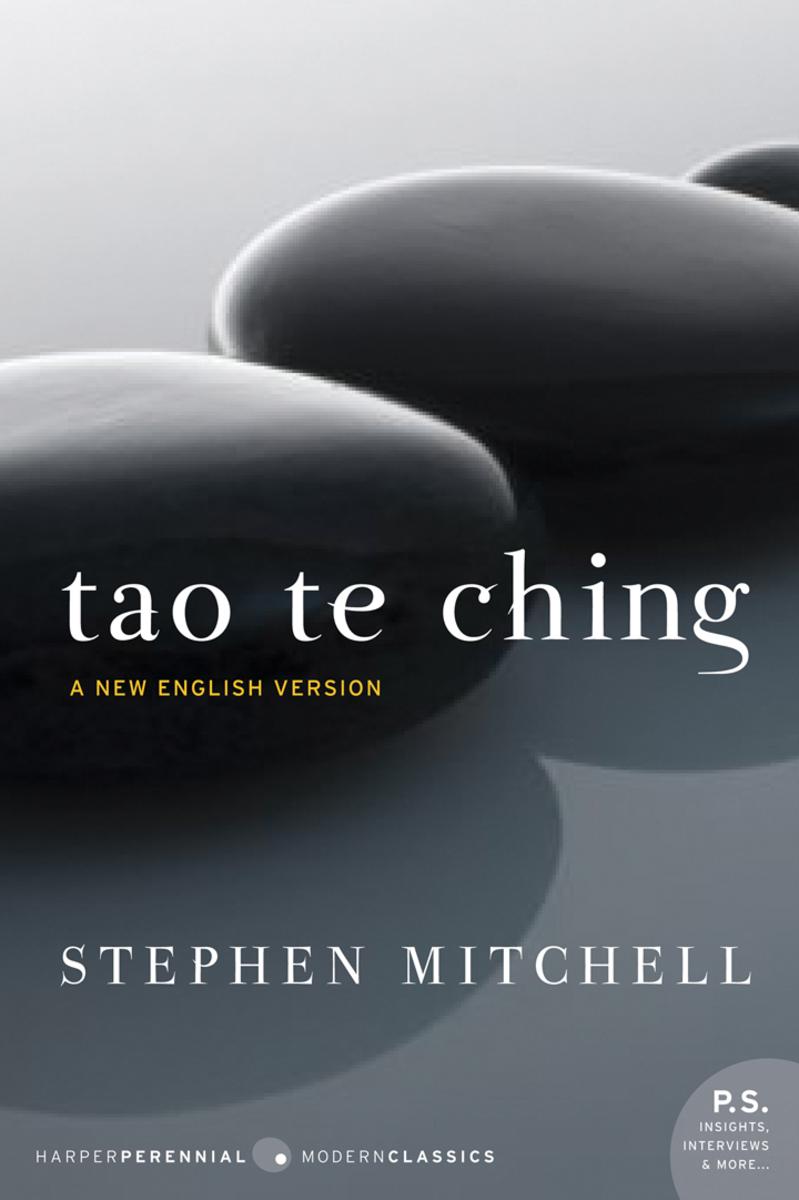
Tao Te Ching
¥83.03
Lao-tzu's Tao Te Ching, or Book of the Way, is the classic manual on the art of living and one of the wonders of the world. In eighty-one brief chapters, the Tao Te Ching llods at the basic predicatment of being alive and gives advice that imparts balance and perspective, a serene and generous spirit. This book is about wisdom in action. It teaches how wo work for the good with the efforless skill that comes from being in accord with the Tao (the basic principle of the universe) and applies equally to good government and sexual love, to childrearing, business, and ecology. The Tao Te Ching is the most widely traslated book in world literature, after the Bible. Yet the gemlike lucidity of the original has eluded most previous translations, and they have obscured some of its central ideas. Now the Tao Te ching has been rendered into English by the eminent scholar and traslator Stephen Mitchell. Mr. Mitchell's Dropping Ashes on the Buddha is a modern Zen classic, and his translations of Rilke and of the Book of Job have already been called definitive for our time.

Bread for the Journey
¥94.10
When beloved author Henri Nouwen set out to record this daybook of totally new reflections, he suddenly found himself on "a true spiritual adventure." For in these 366 original, interlocking morsels of daily wisdom, Nouwen provides both sustenance and a trail for us to follow, as he unveils, to his own surprise, his personal map of faith. From the delicate interplay of human experience to the surrender to Christ and the embrace of Christian community, that journey of Christian spirituality is explored and celebrated here in each eloquent, thought–provoking passage, "The table is one of the most intimate places in our lives. It is there that we give ourselves to one another. When we say, 'Take some more, let me serve you another plate, let me pour you another glass, don't be shy, enjoy it,' we say a lot more than our words express. We invite our friends to become part of our lives. We want them to be nurtured by the same food and drink that nurture us. We desire communion.... Every breakfast, lunch, or dinner can become a time of growing communion with one another." Intimately personal and inspiring, Bread for the Journey is a daily feast of fresh insight into the challenges and deep joys of a life lived in close communion with God. Nouwen is a wise, loving companion who invites us along as he finds joy in the community of loss, true freedom in forgiveness of others, and hope in surprising places. Each daily meditation is a stepping–stone along a path of private discovery, offering Nouwen's seasoned yet fresh ideas on kindness, love, suffering, and prayer, the Church as God's people, and the importance of Jesus in one's life–reflecting, as a whole, Nouwen's own 'personal creed.' Bread for the Journey brims with daily nourishment and guidance for devoted followers and new friends alike –– food for thought on a yearlong journey of discovery and faith.

Amazon S3 Essentials
¥63.21
Get started with Amazon S3 for virtually unlimited cloud and Internet storageAbout This BookFamiliarize yourself with the concepts of Amazon S3Understand basic operations of bucket, folders, and objects using Amazon S3 SDK JavaLeverage the power of Amazon S3 to effectively store and retrieve data Who This Book Is For This book is intended for System Engineers/ Developers, Software Architects, Project managers, and users who want to explore Amazon S3 SDK Java. If you want to learn about Amazon S3 quickly, then this book is for you. Basic knowledge of Java programming is expected.What You Will LearnStart with the basic concepts of Amazon S3 to get you goingUse Copy Object and Multipart Copy Object for objects of different sizesUnderstand how to use the amazon management console for Amazon S3Learn how to use the AWS SDK of Java and consume the Amazon S3Get to grips with managing the bucket life cycleConfigure CORS to share resources to a different domainDiscover how to develop and deploy the static website on Amazon S3 using different services of Amazon In Detail Amazon Simple Storage Service (Amazon S3), provides developers and IT teams with secure, durable, and highly-scalable object storage. Amazon S3 is easy to use, with a simple web services interface to store and retrieve any amount of data from anywhere on the web. S3 is automatically web scalable and responds to the requirements of your application and traffic, and therefore offers a key element to help companies deal dynamically with any spike in traffic for their application (such as a free e-book offer). This book starts with the basics of the Amazon S3 and its features, and you will quickly get an understanding how to use the Amazon Management Console for Amazon S3 which is the simplest way to manage Amazon S3. Next, we will cover basic operations on bucket, folder, objects. Once the basic operations are understood, you will know how to use Amazon S3 using Java SDK. Following that, you will learn about Copy Objects and Multipart copy objects for large objects size. You will also learn to manage the life cycle of bucket and how to share resources to the different domain by configuring CORS. The book will then guide you through the development and deployment of a static website on Amazon S3 using different services of Amazon. By the end of the book, you will be able to create a scalable application using Amazon S3.Style and approach This fast-paced book is a pragmatic guide to writing Amazon S3 applications. Each chapter is blended beautifully with lucid concepts and pertinent examples.
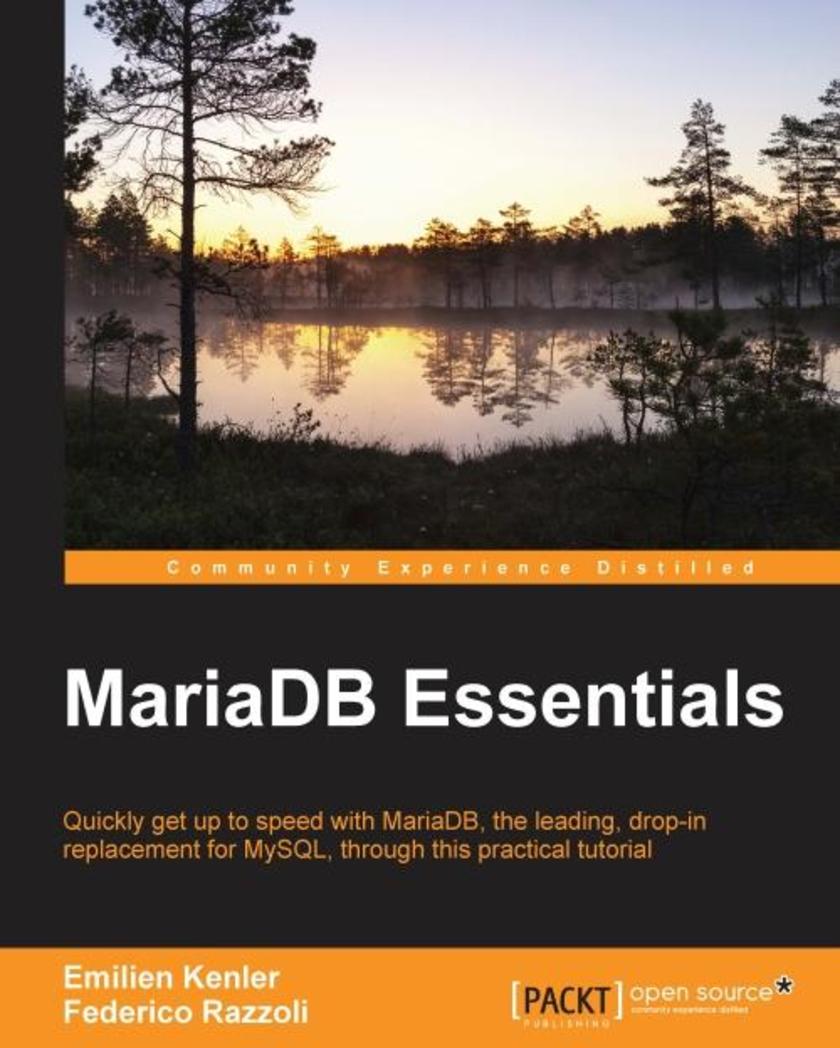
MariaDB Essentials
¥54.49
Quickly get up to speed with MariaDB—the leading, drop-in replacement for MySQL, through this practical tutorialAbout This BookGet to know the basic SQL queries so you can quickly start using MariaDBTake control of your data through the advanced features of MariaDBExploit the full potential of MariaDB’s exclusive features through quick, practical examples Who This Book Is For If you don't know the SQL language, but you want to quickly jump into the SQL world and learn how to use MariaDB, or if you already know how to use MySQL but you want to go further, then this book is ideal for you.What You Will LearnInstall and configure MariaDBCreate databases, tables, and indexesImport and export data from and to external filesWork with views and virtual columnsCreate, read, update, and delete records in your databaseUse dynamic columnsSet up a powerful full-text search systemAccess your external data from MariaDB through the CONNECT engine In Detail This book will take you through all the nitty-gritty parts of MariaDB, right from the creation of your database all the way to using MariaDB’s advanced features. At the very beginning, we show you the basics, that is, how to install MariaDB. Then, we walk you through the databases and tables of MariaDB, and introduce SQL in MariaDB. You will learn about all the features that have been added in MariaDB but are absent in MySQL. Moving on, you’ll learn to import and export data, views, virtual columns, and dynamic columns in MariaDB. Then, you’ll get to grips with full-text searches and queries in MariaDb. You’ll also be familiarized with the CONNECT storage engine. At the end of the book, you’ll be introduced to the community of MariaDB.Style and approach This is a complete guide that uses concrete examples to help you understand and exploit the full potential of MariaDB.

Mastering ServiceStack
¥80.65
Utilize ServiceStack as the rock solid foundation of your distributed systemAbout This BookTake advantage of the various data providers to access authentication and authorization, sessions, cache, and databaseLeverage asynchronous processing for decoupling components to ease scalingMonitor and tune the performance of your distributed system Who This Book Is For Mastering ServiceStack is targeted at developers who have already implemented web services with ASMX, WCF, or ServiceStack and want to gain more insight into the possibilities ServiceStack has to offer to build distributed systems of all scales.What You Will LearnDesign a prudent and resilient API, following the RESTful designUnderstand the internal processing chain and utilize the provided hooksIncorporate ServiceStack as a full service provider to your existing distributed systemLeverage the power of asynchronous processing and add message queues to your architectureAnalyze and tune the performance of your service In Detail Mastering ServiceStack covers real-life problems that occur over the lifetime of a distributed system and how to solve them by deeply understanding the tools of ServiceStack. Distributed systems is the enterprise solution that provide flexibility, reliability, scaling, and performance. ServiceStack is an outstanding tool belt to create such a system in a frictionless manner, especially sophisticated designed and fun to use. The book starts with an introduction covering the essentials, but assumes you are just refreshing, are a very fast learner, or are an expert in building web services. Then, the book explains ServiceStack's data transfer object patterns and teach you how it differs from other methods of building web services with different protocols, such as SOAP and SOA. It also introduces more low-level details such as how to extend the User Auth, message queues and concepts on how the technology works. By the end of this book, you will understand the concepts, framework, issues, and resolutions related to ServiceStack.Style and approach A step-by-step approach that follows the natural requirements of a distributed system in a conversational style.

Learning IPython for Interactive Computing and Data Visualization - Second Editi
¥71.93
Get started with Python for data analysis and numerical computing in the Jupyter notebookAbout This BookLearn the basics of Python in the Jupyter NotebookAnalyze and visualize data with pandas, NumPy, matplotlib, and seabornPerform highly-efficient numerical computations with Numba, Cython, and ipyparallel Who This Book Is For This book targets students, teachers, researchers, engineers, analysts, journalists, hobbyists, and all data enthusiasts who are interested in analyzing and visualizing real-world datasets. If you are new to programming and data analysis, this book is exactly for you. If you're already familiar with another language or analysis software, you will also appreciate this introduction to the Python data analysis platform. Finally, there are more technical topics for advanced readers. No prior experience is required; this book contains everything you need to know.What You Will LearnInstall Anaconda and code in Python in the Jupyter NotebookLoad and explore datasets interactivelyPerform complex data manipulations effectively with pandasCreate engaging data visualizations with matplotlib and seabornSimulate mathematical models with NumPyVisualize and process images interactively in the Jupyter Notebook with scikit-imageAccelerate your code with Numba, Cython, and IPython.parallelExtend the Notebook interface with HTML, JavaScript, and D3 In Detail Python is a user-friendly and powerful programming language. IPython offers a convenient interface to the language and its analysis libraries, while the Jupyter Notebook is a rich environment well-adapted to data science and visualization. Together, these open source tools are widely used by beginners and experts around the world, and in a huge variety of fields and endeavors. This book is a beginner-friendly guide to the Python data analysis platform. After an introduction to the Python language, IPython, and the Jupyter Notebook, you will learn how to analyze and visualize data on real-world examples, how to create graphical user interfaces for image processing in the Notebook, and how to perform fast numerical computations for scientific simulations with NumPy, Numba, Cython, and ipyparallel. By the end of this book, you will be able to perform in-depth analyses of all sorts of data.Style and approach This is a hands-on beginner-friendly guide to analyze and visualize data on real-world examples with Python and the Jupyter Notebook.
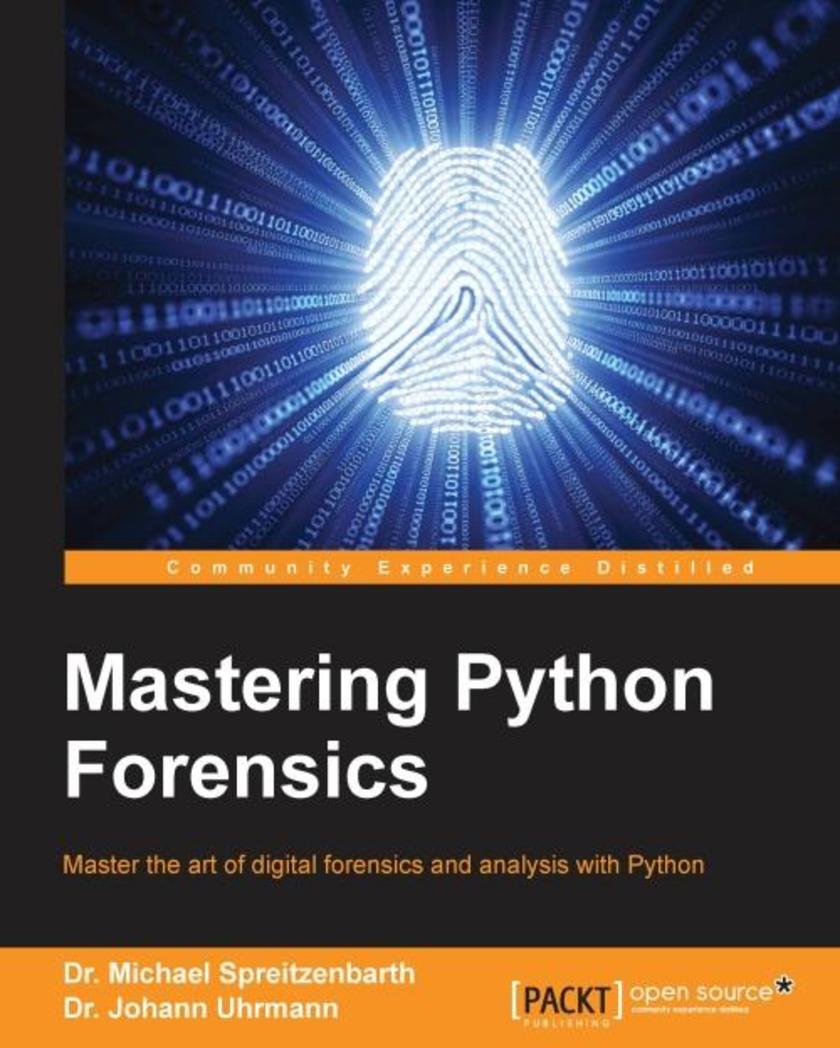
Mastering Python Forensics
¥71.93
Master the art of digital forensics and analysis with PythonAbout This BookLearn to perform forensic analysis and investigations with the help of Python, and gain an advanced understanding of the various Python libraries and frameworksAnalyze Python *s to extract metadata and investigate forensic artifactsThe writers, Dr. Michael Spreitzenbarth and Dr. Johann Uhrmann, have used their experience to craft this hands-on guide to using Python for forensic analysis and investigations Who This Book Is For If you are a network security professional or forensics analyst who wants to gain a deeper understanding of performing forensic analysis with Python, then this book is for you. Some Python experience would be helpful.What You Will LearnExplore the forensic analysis of different platforms such as Windows, Android, and vSphereSemi-automatically reconstruct major parts of the system activity and time-lineLeverage Python ctypes for protocol decodingExamine artifacts from mobile, Skype, and browsersDiscover how to utilize Python to improve the focus of your analysisInvestigate in volatile memory with the help of volatility on the Android and Linux platforms In Detail Digital forensic analysis is the process of examining and extracting data digitally and examining it. Python has the combination of power, expressiveness, and ease of use that makes it an essential complementary tool to the traditional, off-the-shelf digital forensic tools. This book will teach you how to perform forensic analysis and investigations by exploring the capabilities of various Python libraries. The book starts by explaining the building blocks of the Python programming language, especially ctypes in-depth, along with how to automate typical tasks in file system analysis, common correlation tasks to discover anomalies, as well as templates for investigations. Next, we’ll show you cryptographic algorithms that can be used during forensic investigations to check for known files or to compare suspicious files with online services such as VirusTotal or Mobile-Sandbox. Moving on, you’ll learn how to sniff on the network, generate and analyze network flows, and perform log correlation with the help of Python *s and tools. You’ll get to know about the concepts of virtualization and how virtualization influences IT forensics, and you’ll discover how to perform forensic analysis of a jailbroken/rooted mobile device that is based on iOS or Android. Finally, the book teaches you how to analyze volatile memory and search for known malware samples based on YARA rules.Style and approach This easy-to-follow guide will demonstrate forensic analysis techniques by showing you how to solve real-word-scenarios step by step.
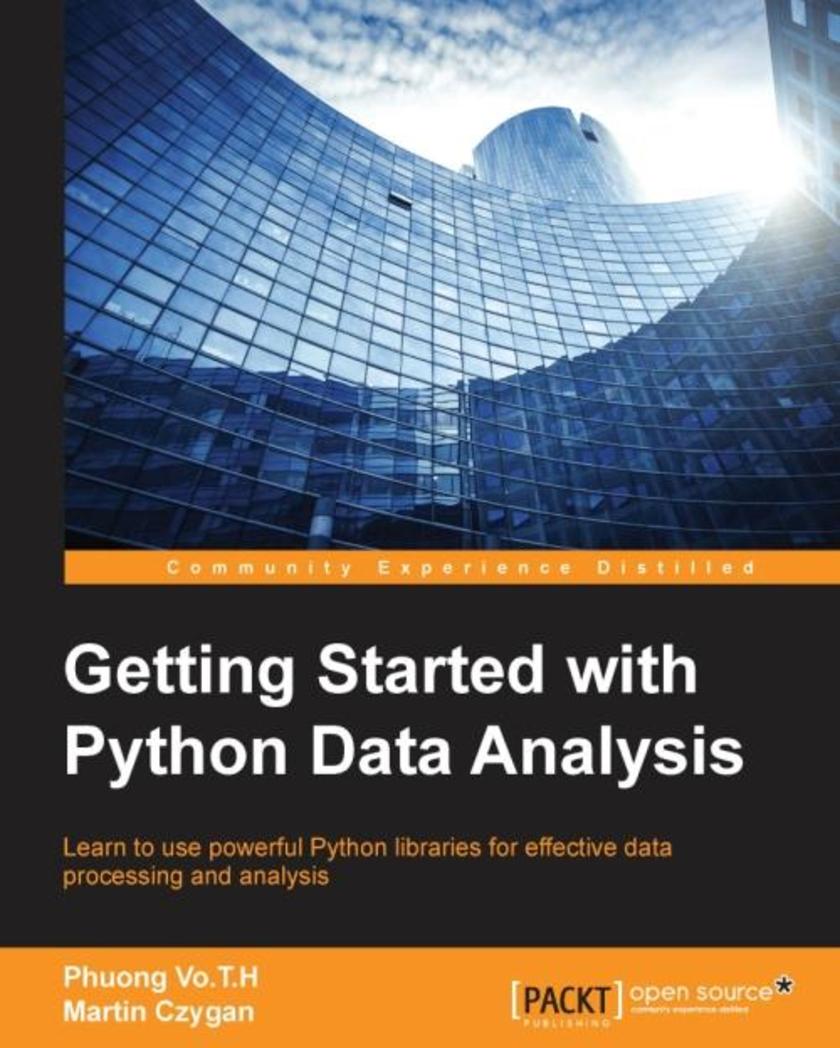
Getting Started with Python Data Analysis
¥63.21
Learn to use powerful Python libraries for effective data processing and analysisAbout This BookLearn the basic processing steps in data analysis and how to use Python in this area through supported packages, especially Numpy, Pandas, and MatplotlibCreate, manipulate, and analyze your data to extract useful information to optimize your systemA hands-on guide to help you learn data analysis using Python Who This Book Is For If you are a Python developer who wants to get started with data analysis and you need a quick introductory guide to the python data analysis libraries, then this book is for you.What You Will LearnUnderstand the importance of data analysis and get familiar with its processing stepsGet acquainted with Numpy to use with arrays and array-oriented computing in data analysisCreate effective visualizations to present your data using MatplotlibProcess and analyze data using the time series capabilities of PandasInteract with different kind of database systems, such as file, disk format, Mongo, and RedisApply the supported Python package to data analysis applications through examplesExplore predictive analytics and machine learning algorithms using Scikit-learn, a Python library In Detail Data analysis is the process of applying logical and analytical reasoning to study each component of data. Python is a multi-domain, high-level, programming language. It’s often used as a *ing language because of its forgiving syntax and operability with a wide variety of different eco-systems. Python has powerful standard libraries or toolkits such as Pylearn2 and Hebel, which offers a fast, reliable, cross-platform environment for data analysis. With this book, we will get you started with Python data analysis and show you what its advantages are. The book starts by introducing the principles of data analysis and supported libraries, along with NumPy basics for statistic and data processing. Next it provides an overview of the Pandas package and uses its powerful features to solve data processing problems. Moving on, the book takes you through a brief overview of the Matplotlib API and some common plotting functions for DataFrame such as plot. Next, it will teach you to manipulate the time and data structure, and load and store data in a file or database using Python packages. The book will also teach you how to apply powerful packages in Python to process raw data into pure and helpful data using examples. Finally, the book gives you a brief overview of machine learning algorithms, that is, applying data analysis results to make decisions or build helpful products, such as recommendations and predictions using scikit-learn.Style and approach This is an easy-to-follow, step-by-step guide to get you familiar with data analysis and the libraries supported by Python. Topics are explained with real-world examples wherever required.
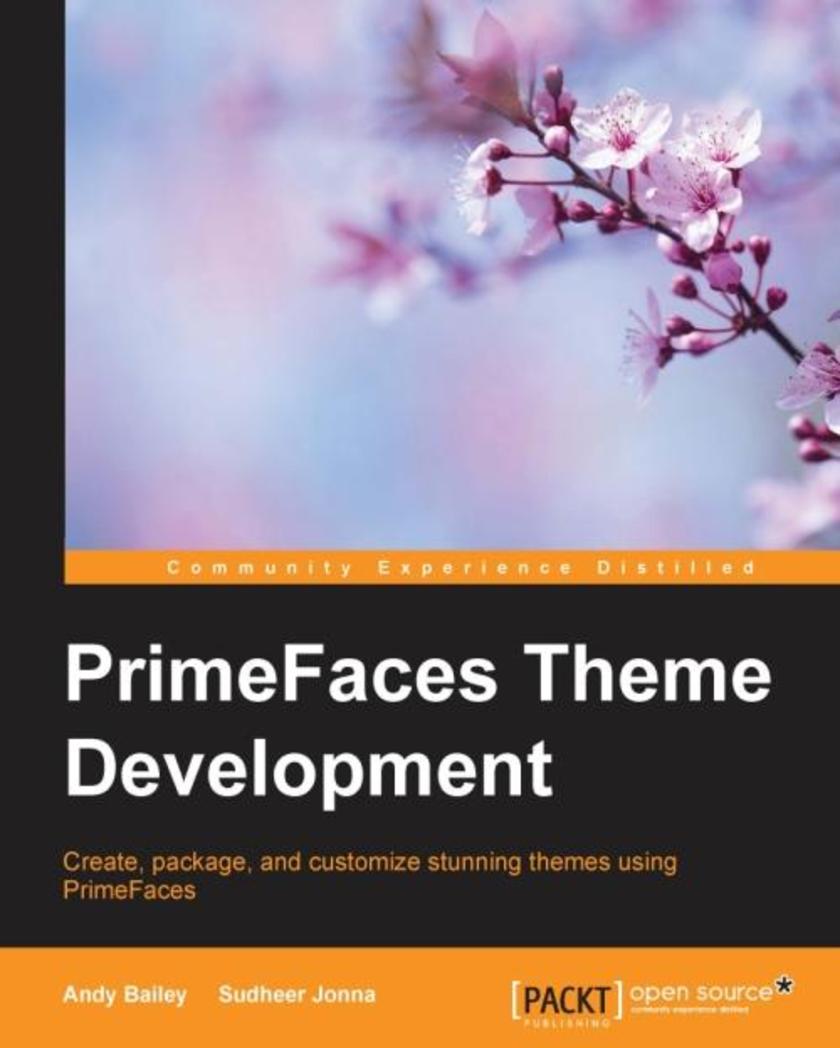
PrimeFaces Theme Development
¥63.21
Create, package, and customize stunning themes using PrimeFacesAbout This BookBuild PrimeFaces themes that meet the industry standardsCustomize your themes for mobile web applications with PrimeFaces MobileA precise, example-oriented guide to help you create interesting themes using the PrimeFaces tools Who This Book Is For If you are a Web Designer who wants to create and modify PrimeFaces themes then this book is for you. Basic knowledge of JSF, CSS, and HTML is assumed.What You Will LearnUse Maven to create JSF ProjectsCreate a custom theme using JQuery UI toolsPackage your theme for distribution and use your PrimeFaces-based web applications as drop in librariesDevelop additional dynamic look and feel elements that themes do not already supplyApply look and feel elements dynamically to views without causing page refreshesReduce code repetition by applying page templates to your JSF project In Detail Developing stunning themes for web applications has never been easier! PrimeFaces delivers a powerful set of features that enables JSF developers to create and customize awesome themes on the web. It is very easy to use because it comes as a single JAR file and requires no mandatory XML configuration. With more than 30 out-of-the-box themes, jQuery integration, a mobile UI toolkit, Ajax Push technology, and much more, PrimeFaces takes JSF application development to a whole new level! This book is a hands-on example-rich guide to creating and customizing PrimeFaces themes using available tools. Beginning with creating a JSF project and integrating the PrimeFaces library, this book will introduce you to the features of theme components, how these are structured, and how PrimeFaces uses JQuery UI to apply a theme to your application. You will learn to examine and change the CSS rules and get creative by setting standard icons and adding new icons to them. You will use a combination of JavaScript and CSS to enhance your application with help of scheduler component and go on to adapt and package your custom theme so that it is compatible with the Resource Manager. Finally, you will explore PrimeFaces mobile apps, ensuring themes are compatible with your mobile applications best practices for theme design.Style and approach This book is a concise, hands-on guide to developing PrimeFaces themes, working from the ground up with examples in each topic implemented in a web application. You will be encouraged to explore areas of your own interest without the requirement to stick to the letter of the chapter.

Raspberry Pi Robotic Blueprints
¥80.65
Utilize the powerful ingredients of Raspberry Pi to bring to life your amazing robots that can act, draw, and have fun with laser tagsAbout This BookLearn to implement a number of features offered by Raspberry Pi to build your own amazing robotsUnderstand how to add vision and voice to your robots.This fast-paced practical guide comprises a number of creative projects to take your Raspberry Pi knowledge to the next level Who This Book Is For This all-encompassing guide was created for anyone who is interested in expanding their knowledge in applying the peripherals of Raspberry Pi. If you have a fancy for building complex-looking robots with simple, inexpensive, and readily available hardware, then this book is ideal for you. Prior understanding of Raspberry Pi with simple mechanical systems is recommended.What You Will LearnAdd sensors to your robot so that it can sense the world around itKnow everything there is to know about accessing motors and servos to provide movement to the robotic platformExplore the feature of adding vision to your robot so it can “see” the world around itRefine your robot with the skill of speech recognition so that it can receive commandsPolish your robot by adding speech output so it can communicate with the world around itMaximize the use of servos in Raspberry Pi to create a drawing robotStrengthen your robot by adding wireless communication skills so you can see what the robot is seeing and control it from a distanceBuild an unbelievable autonomous hexcopter controlled by Raspberry Pi In Detail The Raspberry Pi is a series of credit card-sized single-board computers developed in the UK by the Raspberry Pi Foundation with the intention of promoting the teaching of basic computer science in schools. The Raspberry Pi is known as a tiny computer built on a single circuit board. It runs a Linux operating system, and has connection ports for various peripherals so that it can be hooked up to sensors, motors, cameras, and more. Raspberry Pi has been hugely popular among hardware hobbyists for various projects, including robotics. This book gives you an insight into implementing several creative projects using the peripherals provided by Raspberry Pi. To start, we’ll walk through the basic robotics concepts that the world of Raspberry Pi offers us, implementing wireless communication to control your robot from a distance. Next, we demonstrate how to build a sensible and a visionary robot, maximizing the use of sensors and step controllers. After that, we focus on building a wheeled robot that can draw and play hockey. To finish with a bang, we’ll build an autonomous hexcopter, that is, a flying robot controlled by Raspberry Pi. By the end of this book, you will be a maestro in applying an array of different technologies to create almost any imaginable robot.Style and approach This book is an easy-to-follow, project-based guide that throws you directly into the action of creating almost any imaginable robot through blueprints. It is full of step by step instructions and screenshots to help you build amazing robots in no time at all.

Mastering Google App Engine
¥90.46
Build robust and highly scalable web applications with Google App EngineAbout This BookGet an in-depth look at how Google App Engine works under the hoodDesign and model your application around Google's highly scalable distributed NoSQL datastore to unlock its full potentialA comprehensive guide to ensure your mastery of Google App Engine Who This Book Is For If you have been developing web applications in Python or any other dynamic language but have always wondered how to write highly scalable web applications without getting into system administration and other plumbing, then this is the book for you. No experience in writing scalable applications is required.What You Will LearnScale and develop your applications with Google App Engine's runtime environmentGet to grips with request handling mechanism and write request handlersDeep dive into Google's distributed NoSQL and highly scalable datastore and design your application around itImplement powerful search with scalable datastorePerform long-running tasks in the background using task queuesWrite compartmentalized apps using multi tenancy, memcache, and other Google App Engine runtime servicesHandle web requests using the CGI, WSGI, and multi-threaded configurationsDeploy, tweak, and manage apps in production on Google App Engine In Detail Developing web applications that serve millions of users is no easy task, as it involves a number of configurations and administrative tasks for the underlying software and hardware stack. This whole configuration requires not only expertise, but also a fair amount of time as well. Time that could have been spent on actual application functionality. Google App Engine allows you develop highly scalable web applications or backends for mobile applications without worrying about the system administration plumbing or hardware provisioning issues. Just focus writing on your business logic, the meat of the application, and let Google's powerful infrastructure scale it to thousands of requests per second and millions of users without any effort on your part. This book takes you from explaining how scalable applications work to designing and developing robust scalable web applications of your own, utilizing services available on Google App Engine. Starting with a walkthrough of scalability is and how scalable web applications work, this book introduces you to the environment under which your applications exist on Google App Engine. Next, you will learn about Google's datastore, which is a massively scalable distributed NoSQL solution built on top of BigTable. You will examine the BigTable concepts and operations in detail and reveal how it is used to build Google datastore. Armed with this knowledge, you will then advance towards how to best model your data and query that along with transactions. To augment the powerful distributed dataset, you will deep dive into search functionality offered on Google App Engine. With the search and storage sorted out, you will get a look into performing long running tasks in the background using Google App Engine task queues along with sending and receiving emails. You will also examine the memcache to boost web application performance, image processing for common image manipulation tasks. You will then explore uploading, storing, and serving large files using Blobstore and Cloud storage. Finally, you will be presented with the deployment and monitoring of your applications in production along with a detailed look at dividing applications into different working modules.Style and approach This book is an in-depth guide where you will examine the problems in the context of highly scalable web applications. This book will take you through the libraries, services, and required configuration and finally puts everything together into a small web application that showcases all the capabilities of Google App Engine.

Windows PowerShell for .NET Developers - Second Edition
¥90.46
Efficiently administer and maintain your development environment with Windows PowerShellAbout This BookExplore *ing and automation techniques with Windows PowerShellGain concrete knowledge of Windows PowerShell *ing to perform professional level *ingDiscover the benefits of the Configuration Management Platform with this step-by-step guide that includes real-world *ing examples Who This Book Is For If you are an IT professional or developer who has worked on the .Net platform and you want to learn automation using Windows PowerShell, then this book is for you. This self-start guide takes you from the basics and gradually moves to an intermediate level to show you how to perform professional *ing.What You Will LearnUnderstand the concepts of building PowerShell *s and the basics of programmingManage the LYNC, Exchange, and SharePoint platformsCreate a Pull server using a SMB file share and HTTP and HTTPSUse .NET classes in Windows PowerShell and C# to manage Exchange OnlineUse PowerShell in C# to manage Exchange Online and work with .NET classes in PowerShellAutomate LYNC clients, consuming Client Server Object Models to administrate SharePoint Online In Detail Windows PowerShell 5.0 for .NET Developers is your self-start guide to performing automation using Windows PowerShell. This book will help you to understand the PowerShell syntax and grammar and will also teach you techniques to remove the rough edges of manual deployments. Packed with PowerShell *s and sample C# codes to automate tasks, it also includes real-world scenarios such as administrating office servers to help you save time and perform deployments swiftly and efficiently. The book begins with the Windows PowerShell basics, explores the significant features of Windows Management Framework 5.0, covers the basic concepts of Desired State Configuration and the importance of idempotent deployments. By the end of the book, you will have a good understanding of Windows PowerShell’s features and will be able to automate your tasks and manage configuration effectively.Style and approach This is an easy-to-follow step-by-step guide with text-enabled screenshots. Each topic is explained with codes and examples. It also includes multiple approaches for a number of tasks to let you choose the best one for you depending on your scenario.

Learning PowerShell DSC
¥90.46
Get started with the fundamentals of PowerShell DSC and utilize its power to automate deployment and configuration of your serversAbout This BookCreate flexible and maintainable deployments using DSC configuration *s that stand the test of timeExplore the in depth details of the core architecture, concepts, and practices used by PowerShell DSCA step-by-step guide that shows you how to start using and taking advantage of PowerShell DSC Who This Book Is For This book is intended for system administrators, developers, or engineers who are responsible for configuration management and automation and wish to learn PowerShell Desired State Configuration for efficient management, configuration and deployment of systems and applications.What You Will LearnUnderstand configuration management and why you need itCraft flexible, reusable, and maintainable configuration *s for thousands of serversCreate custom DSC resources to manage any application or server settingApply configuration data to deploy applications to different environmentsUtilize DSC push deployments to test your configuration *s and custom DSC resourcesInstall, configure and use DSC pull serversRun a Windows MSI packageDeploy a website In Detail Windows PowerShell is a task-based command-line shell and *ing language designed especially for system administration. PowerShell DSC is a new management platform that enables you to deploy and manage configuration data for software services and manage the environment in which these services run. This book begins with an overview of the basics of PowerShell DSC by covering the architecture and components of the Desired Sate Configuration. It will then familiarize you with the set of PowerShell language extensions and new PowerShell commands. It will help you understand and create DSC configurations with the help of practical examples, and to create DSC custom resources for your custom applications. Finally, you will learn to deploy a real world application using PowerShell DSC. By the end of the book, you will have better knowledge about the powerful Desired State Configuration platform, which helps you to achieve continuous delivery, and efficient management and easy deployment of data for systems.Style and approach This book is an in-depth guide to using PowerShell DSC, full of real-world experiences and best practices using PowerShell DSC. The topics are explained and build on one another other to provide a holistic learning experience. At the end, all the features learned will be used to create a real world application deployment using DSC.




 购物车
购物车 个人中心
个人中心



